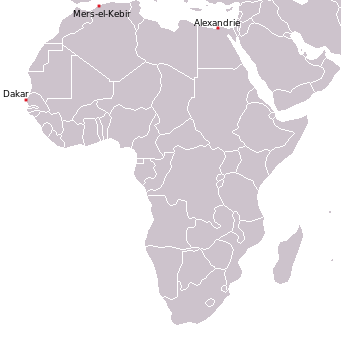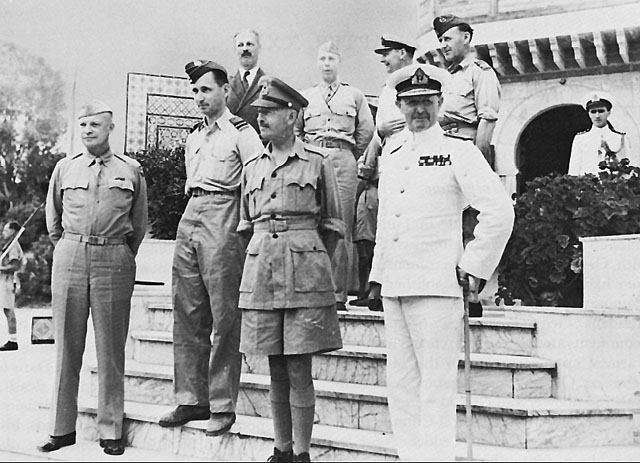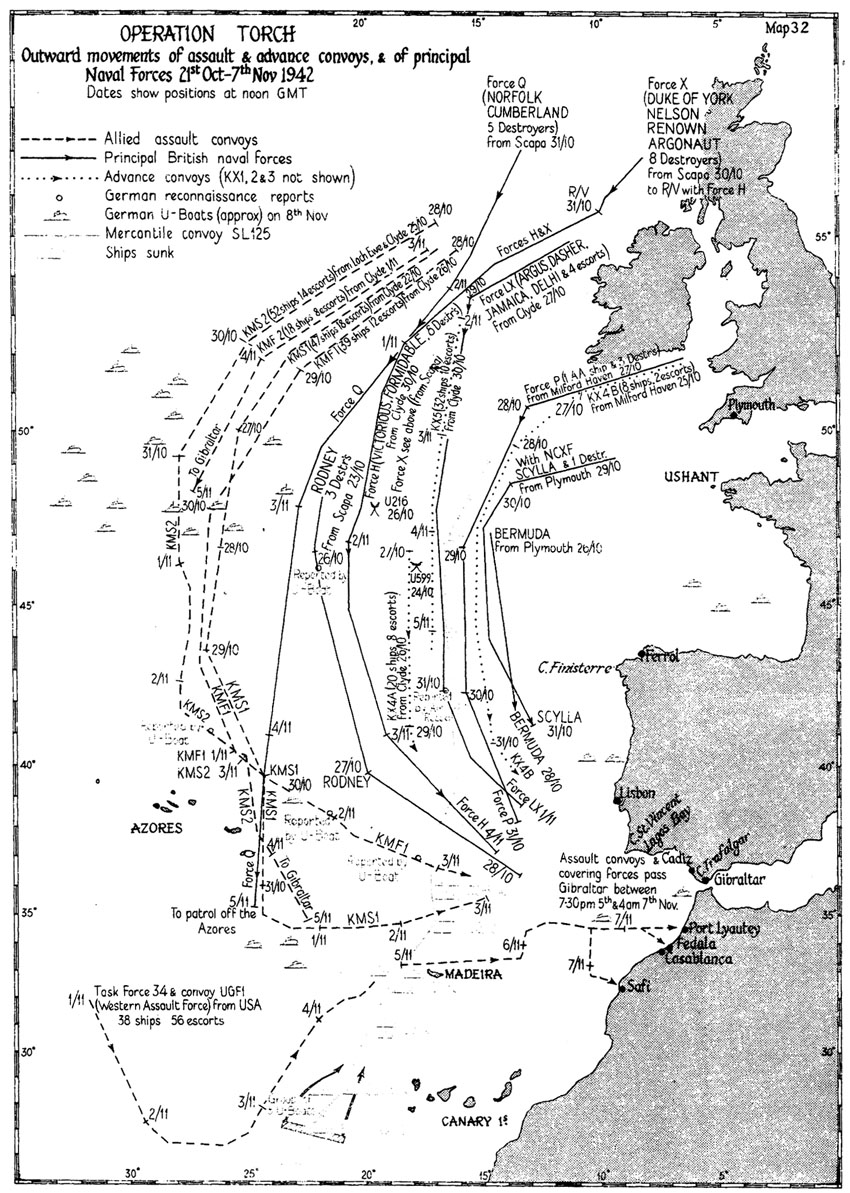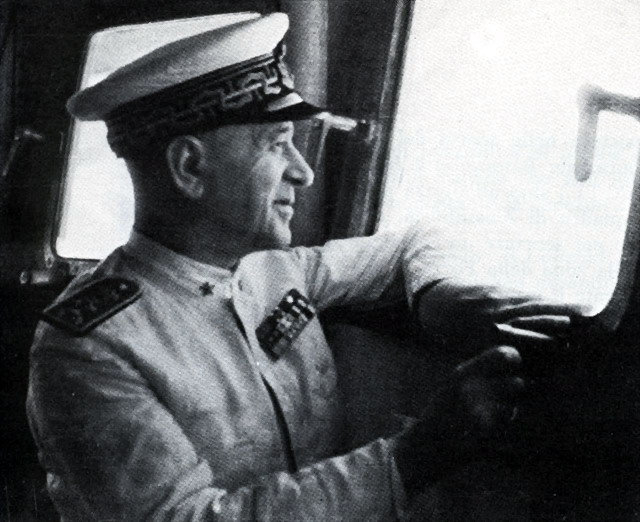|
Andrew Browne Cunningham, 1st Viscount Cunningham Of Hyndhope
Admiral of the Fleet Andrew Browne Cunningham, 1st Viscount Cunningham of Hyndhope, (7 January 1883 – 12 June 1963) was a British officer of the Royal Navy during the Second World War. He was widely known by his initials, "ABC". Cunningham was born in Rathmines in the south side of Dublin on 7 January 1883. After starting his schooling in Dublin and Edinburgh, he enrolled at Stubbington House School, at the age of ten. He entered the Royal Navy in 1897 as a naval cadet in the officers' training ship ''Britannia'', passing out in 1898. He commanded a destroyer during the First World War and through most of the interwar period. He was awarded the Distinguished Service Order and two Bars, for his performance during this time, specifically for his actions in the Dardanelles and in the Baltics. In the Second World War, as Commander-in-Chief, Mediterranean Fleet, Cunningham led British naval forces to victory in several critical Mediterranean naval battles. These included th ... [...More Info...] [...Related Items...] OR: [Wikipedia] [Google] [Baidu] |
Admiral Of The Fleet (Royal Navy)
Admiral of the Fleet (ADMF) is a Five-star rank, five-star naval officer rank and the highest rank of the Royal Navy, formally established in 1688. The five-star NATO rank code is OF-10, equivalent to a Field Marshal (UK), field marshal in the British Army or a marshal of the Royal Air Force. Apart from honorary appointments, no new admirals of the fleet have been named since 1995, and no honorary appointments have been made since 2014. History The origins of the rank can be traced back to John de Beauchamp, 1st Baron Beauchamp de Warwick, who was appointed 'Admiral of the South, North and West, Admiral of the King's Southern, Northern and Western Fleets' on 18 July 1360. The appointment gave the command of the English navy to one person for the first time; this evolved into the post of admiral of the fleet. In the days of sailing ships the Admiral (Royal Navy), admiral distinctions then used by the Royal Navy included distinctions related to the fleet being divided into thre ... [...More Info...] [...Related Items...] OR: [Wikipedia] [Google] [Baidu] |
Attack On Mers-el-Kébir
The attack on Mers-el-Kébir (Battle of Mers-el-Kébir) on 3 July 1940, during the Second World War, was a British naval attack on French Navy ships at the naval base at Mers El Kébir, near Oran, on the coast of French Algeria. The attack was the main part of #Operation Catapult, Operation Catapult, a British plan to neutralise or destroy French ships to prevent them from falling into German hands after the Allied defeat in the Battle of France. The British bombardment of the base killed 1,297 French servicemen, sank a French battleship Bretagne#Loss, battleship and damaged five other ships, for a British loss of five aircraft shot down and two crewmen killed. The attack by air and sea was conducted by the Royal Navy, after France had signed armistices with Nazi Germany, Germany and Kingdom of Italy, Italy, coming into effect on 25 June. Of particular significance to the British were the five battleships of the and es and the two fast battleships of the , the second largest fo ... [...More Info...] [...Related Items...] OR: [Wikipedia] [Google] [Baidu] |
Knight Grand Cross Of The Order Of The Bath
The Most Honourable Order of the Bath is a British order of chivalry founded by King George I on 18 May 1725. Recipients of the Order are usually senior military officers or senior civil servants, and the monarch awards it on the advice of His Majesty's Government. The name derives from an elaborate medieval ceremony for preparing a candidate to receive his knighthood, of which ritual bathing (as a symbol of purification) was an element. While not all knights went through such an elaborate ceremony, knights so created were known as "knights of the Bath". George I constituted the Knights of the Bath as a regular military order. He did not revive the order, which did not previously exist, in the sense of a body of knights governed by a set of statutes and whose numbers were replenished when vacancies occurred. The Order consists of the Sovereign of the United Kingdom (currently King Charles III), the Great Master (currently William, Prince of Wales), and three Classes of mem ... [...More Info...] [...Related Items...] OR: [Wikipedia] [Google] [Baidu] |
Knight Of The Order Of The Thistle
The Most Ancient and Most Noble Order of the Thistle is an order of chivalry associated with Scotland. The current version of the order was founded in 1687 by King James VII of Scotland, who asserted that he was reviving an earlier order. The order consists of the sovereign and sixteen knights and ladies, as well as certain "extra" knights (members of the British royal family and foreign monarchs). The sovereign alone grants membership of the order; they are not advised by the government, as occurs with most other orders. The order's primary emblem is the thistle, the national flower of Scotland. The motto is (Latin for "No one provokes me with impunity"). The same motto appears on the Royal coat of arms of the United Kingdom for use in Scotland and pound coins minted in 1984, 1989, 1994, and 1999 (since withdrawn), and is also the motto of the Royal Scots Dragoon Guards, the Scots Guards, the Royal Regiment of Scotland, and the Black Watch (Royal Highland Regiment) of Cana ... [...More Info...] [...Related Items...] OR: [Wikipedia] [Google] [Baidu] |
Allied Invasion Of Italy
The Allied invasion of Italy was the Allies of World War II, Allied Amphibious warfare, amphibious landing on mainland Italy that took place from 3 September 1943, during the Italian campaign (World War II), Italian campaign of World War II. The operation was undertaken by General (United Kingdom), General Harold Alexander, 1st Earl Alexander of Tunis, Sir Harold Alexander's 15th Army Group (comprising General (United States), General Mark W. Clark's Fifth United States Army, American Fifth Army and General Bernard Montgomery's Eighth Army (United Kingdom), British Eighth Army) and followed the successful Allied invasion of Sicily. The main invasion force landed on the west coast of Italy at Salerno on 9 September as part of Operation Avalanche, while two supporting operations took place in Calabria (Operation Baytown) and Taranto (Operation Slapstick). Background Allied plan Following the defeat of the Axis powers in Tunisian campaign, North Africa in May 1943, there was di ... [...More Info...] [...Related Items...] OR: [Wikipedia] [Google] [Baidu] |
Allied Invasion Of Sicily
The Allied invasion of Sicily, also known as the Battle of Sicily and Operation Husky, was a major campaign of World War II in which the Allies of World War II, Allied forces invaded the island of Sicily in July 1943 and took it from the Axis powers, Axis forces (Kingdom of Italy and Nazi Germany). It began with a large Amphibious warfare, amphibious and airborne forces, airborne Military operation, operation, followed by a six-week land campaign, and initiated the Italian campaign (World War II), Italian campaign. To divert some of the Axis forces to other areas, the Allies engaged in several deception operations, the most famous and successful of which was Operation Mincemeat. Husky began on the night of 9–10 July 1943 and ended on 17 August. Strategically, Husky achieved the goals set out for it by Allied planners: the Allies drove Axis air, land and naval forces from the island, and the Mediterranean Sea, Mediterranean sea lanes were opened for Allied merchant ships for th ... [...More Info...] [...Related Items...] OR: [Wikipedia] [Google] [Baidu] |
Operation Torch
Operation Torch (8–16 November 1942) was an Allies of World War II, Allied invasion of French North Africa during the Second World War. Torch was a compromise operation that met the British objective of securing victory in North Africa while allowing American armed forces the opportunity to begin their fight against Nazi Germany and Fascist Italy on a limited scale. The French colonies were aligned with Germany via Vichy France but the loyalties of the population were mixed. Reports indicated that they might support the Allies. The American General Dwight D. Eisenhower, supreme commander of the Allied forces in Mediterranean and Middle East theatre of World War II, Mediterranean theater of the war, approved plans for a three-pronged attack on Casablanca (Western), Oran (Centre) and Algiers (Eastern), then a rapid move on Tunis to catch Axis forces in North Africa from the west in conjunction with the British advance from Egypt. The Western Task Force encountered unexpected ... [...More Info...] [...Related Items...] OR: [Wikipedia] [Google] [Baidu] |
Battle Of Crete
The Battle of Crete (, ), codenamed Operation Mercury (), was a major Axis Powers, Axis Airborne forces, airborne and amphibious assault, amphibious operation during World War II to capture the island of Crete. It began on the morning of 20 May 1941, with multiple Nazi Germany, German airborne landings on Crete. Hellenic Army, Greek and other Allies of World War II, Allied forces, along with Cretan civilians, defended the island. After only one day of fighting, the Germans had suffered heavy casualties and the Allied troops were confident that they would defeat the invasion. The next day, through communication failures, Allied tactical hesitation, and German offensive operations, Maleme Airfield in western Crete fell, enabling the Germans to land reinforcements and overwhelm the defensive positions on the north of the island. Allied forces withdrew to the south coast. More than half were evacuated by the British Royal Navy and the remainder surrendered or joined the Cretan resista ... [...More Info...] [...Related Items...] OR: [Wikipedia] [Google] [Baidu] |
Battle Of Cape Matapan
The Battle of Cape Matapan () was a naval battle during the Second World War between the Allies, represented by the navies of the United Kingdom and Australia, and the Royal Italian Navy, from 27 to 29 March 1941. Cape Matapan is on the south-western coast of the Peloponnesian peninsula of Greece. After the interception and decryption of Italian signals by the Government Code and Cypher School (GC&CS) at Bletchley Park (the decrypted intelligence codenamed Ultra), ships of the Royal Navy and Royal Australian Navy, under the command of Admiral Sir Andrew Cunningham, intercepted and sank or severely damaged several ships of the Italian '' Regia Marina'' under Squadron-Vice-Admiral Angelo Iachino. The opening actions of the battle are also known in Italy as the Battle of Gaudo. Background In late March 1941, as British ships of the Mediterranean Fleet covered troop movements to Greece, Mavis Batey, a cryptanalyst at Bletchley Park, made a breakthrough, reading the Ital ... [...More Info...] [...Related Items...] OR: [Wikipedia] [Google] [Baidu] |
Operation Abstention
Operation Abstention (25–28 February 1941) was the code name of a British invasion of the Italian island of Kastelorizo (Castellorizo) off the Turkish Aegean coast, during the Second World War. The goal was to establish a motor torpedo-boat base to challenge Italian naval and air supremacy on the Greek Dodecanese islands. The British landings were opposed by Italian land, air and naval forces, which forced the British troops to re-embark amidst some confusion and led to recriminations between the British commanders for underestimating the Italians. Background After the attack on Taranto and the success of Operation Compass, an offensive in Cyrenaica, Libya from December 1940 – February 1941, the British conducted operations to neutralise Italian forces in the Dodecanese islands. Admiral Andrew Cunningham, the commander of the Mediterranean Fleet planned to occupy Kastelorizo, the easternmost Greek island in the chain just off the Turkish coast, about from Rhodes to esta ... [...More Info...] [...Related Items...] OR: [Wikipedia] [Google] [Baidu] |
Operation Excess
Operation Excess was a series of British supply convoys to Malta, Alexandria and Greece in January 1941. The operation was the first to encounter ''Luftwaffe'' anti-shipping aircraft over the Mediterranean Sea and all the convoyed freighters reached their destinations. The destroyer ''Gallant'' was disabled by Italian mines and Axis bombers severely damaged the cruiser ''Southampton'' and the aircraft carrier ''Illustrious''. Background Italy's declaration of War on 10 June 1940 brought the Second World War to the Mediterranean Sea and placed the ''Regia Aeronautica'' astride the traditional British sea route to Indian Ocean ports, while the ''Regia Marina'' roughly tripled the numbers of battleships, cruisers and submarines available to challenge British sea power. The Royal Navy had held the eastern Mediterranean and France the western Mediterranean but the Second Armistice at Compiègne removed the French navy from the alliance on 25 June 1940. From bases at Gibraltar and Alexan ... [...More Info...] [...Related Items...] OR: [Wikipedia] [Google] [Baidu] |
Attack On Taranto
The Battle of Taranto took place on the night of 11/12 November 1940 during the Second World War between British naval forces (Admiral Andrew Cunningham, 1st Viscount Cunningham of Hyndhope, Andrew Cunningham) and Italian naval forces (Admiral Inigo Campioni). The Royal Navy launched the first all-aircraft ship-to-ship naval attack in history, employing 21 Fairey Swordfish biplane torpedo bombers from the aircraft carrier in the Mediterranean Sea. The attack struck the battle fleet of the ''Regia Marina'' at anchor in the harbour of Taranto, using aerial torpedoes, despite the shallowness of the water. The success of this attack augured the ascendancy of naval aviation over big-gun battleships. According to Cunningham, "Taranto, and the night of 11/12 November 1940, should be remembered forever as having shown once and for all that in the Fleet Air Arm the Navy has its most devastating weapon". Background Since long before the First World War, the Italian ''Regia Marina''s F ... [...More Info...] [...Related Items...] OR: [Wikipedia] [Google] [Baidu] |











